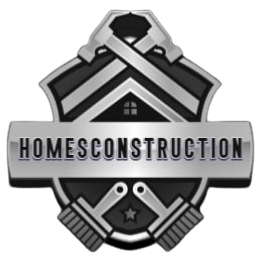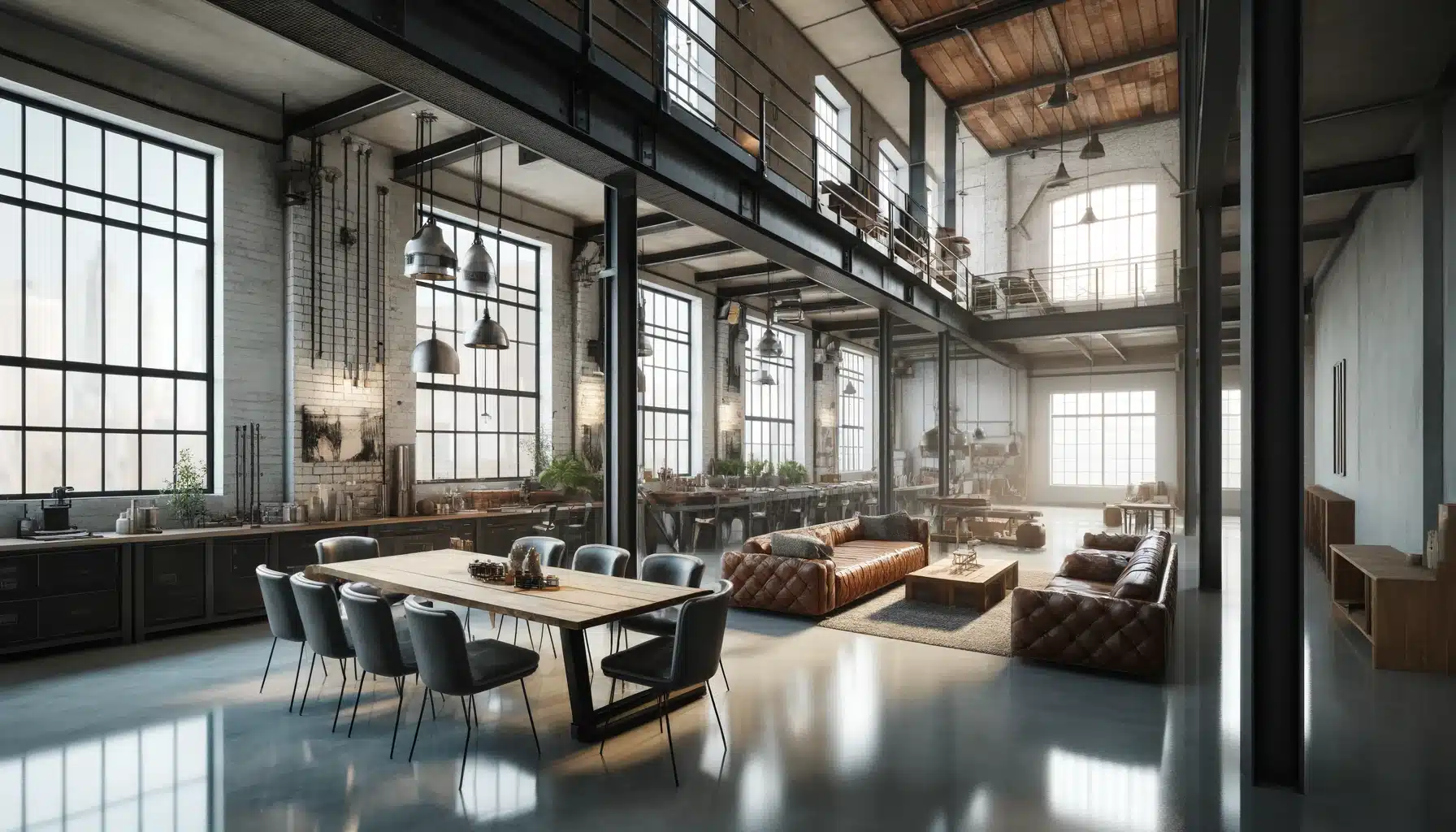Modern industrial design has emerged as a popular aesthetic in each residential and business spaces, blending the raw, rugged elements of commercial architecture with the glossy, easy traces of present day design. This style is characterised by means of a utilitarian method, its emphasizes simplicity, functionality, and a touching the elegance. In this article, we discover the origins, key functions, benefits, and recommendations for incorporating contemporary business design into your spaces.
Origins of Modern Industrial’s Design
Modern commercial layout attracts its roots from the early 20th century while factories and warehouses have been constructed with practicality in thoughts. These buildings featured open floor plans, excessive ceilings, exposed structural elements, and utilitarian materials like metal, concrete, and brick. Over time, as cities are advanced to many of these business buildings have been repurposed into lofts, workplaces, and houses, preserving their original architectural elements. The fusion of these raw industrial capabilities with present day design principles has caused the development of the contemporary commercial fashion we see these days.
Key Features of Modern Industrial Design
- Exposed Structural Elements: One of the hallmark capabilities of contemporary commercial design is the exposure of structural elements inclusive of beams, pipes, and ducts. These elements hidden but as a substitute celebrated for his or her raw and unfinished appearance, adding these individual and authenticity to the space.
- Open Floor Plans: Modern commercial spaces frequently characteristic open ground plans that maximize the use of space and create a sense of airiness. This layout promotes fluidity and flexibility, making it ideal for both residential and business settings.
- Utilitarian Materials: The use of substances like metal, concrete, brick, and reclaimed wooden is vital to fashionable industrial design. These materials are utilize for sturdiness, capability, and potential to age gracefully, and contributing to the general aesthetic look.
- Neutral Color Palette: The coloration palette in modern commercial design is usually neutral, with sunglasses of gray, black, white, and earth tones. These colorations complement the uncooked materials and create a cohesive appearance this is each calming and sophisticated.
- Functional Furniture and Fixtures: Furniture and fixtures in modern-day industrial layout prioritize functionality with out sacrificing fashion. Pieces frequently feature clean strains, easy paperwork, and a combination of materials which include metallic and wood.
- Lighting: Industrial-style lighting fixtures, such as pendant lights, Edison bulbs, and metal sconces, play a crucial role in enhancing the industrial aesthetic. These fixtures often have a vintage or rustic feel, adding warmth and charm to the space.
Benefits of Modern Industrial Design
- Versatility: Modern industrial design is extraordinarily versatile, it is able to be adapt to to numerous forms of spaces, from loft residences to the office homes and retail shops. Its impartial palette and minimalist approach make it clean to include into exclusive environments.
- Durability: The use of strong, long-lasting substances like steel, concrete ensures the cutting-edge commercial, spaces to constructed to face up to wear and tear. This makes it a sensible choice for high-visitors regions and busy families.
- Timeless Appeal: The mixture of cutting-edge and business elements creates a undying aesthetic that doesn’t effortlessly exit of fashion. This makes it a smart funding for those seeking to create a area with enduring enchantment.
- Creative Expression: The uncooked and unfinished look of industrial design lets in for creative expression. Homeowners and architects can test with exclusive textures, substances, and furnishings to create a completely unique and personalized space.
Incorporating Modern Industrial Design into Your Space
- Embrace Open Space: Start via developing an open ground plan that allows for easy movement and interaction. Knock down useless walls and use furniture to define extraordinary areas inside the area.
- Highlight Structural Elements: Expose beams, pipes, and ducts to add an commercial contact. If your area doesn’t evidently have these elements. Consider including faux beams or the usage of uncovered shelving gadgets to mimic the appearance.
- Choose the Right Materials: Incorporate substances like concrete, metal, brick, and reclaimed wooden into your layout. Consider concrete counter tops, metallic-framed furnishings, brick accent walls, and wooden floors to gain the favored aesthetic.
- Opt for Functional Furniture: Select fixtures that is each practical and stylish. Look for pieces with easy strains and a mix of materials. Such as a wooden eating desk with metal legs or a leather-based couch with a metal frame.
- Use Industrial Lighting: Invest in business-fashion lighting fixtures to enhance the general appearance. Pendant lighting fixtures with metal shades, Edison bulb chandeliers, and wall sconces with a antique experience are top notch alternatives.
- Add Personal Touches: Personalize your area with unique decor objects that reflect your style. Consider incorporating paintings, vintage reveals, and textiles to feature warmth and persona to the gap.
- Balance with Modern Elements:. To keep away from the gap feeling too bloodless or stark, stability the industrial elements with current touches. Soft fixtures, plants, and cutting-edge artwork can help create a more inviting and comfortable surroundings.
Conclusion
Modern industrial design is a compelling combination of rugged in the commercial factors, and glossy current aesthetics. Its versatility, durability, and timeless attraction make it an attractive choice for loads of spaces. By embracing open spaces, highlighting structural elements. Incorporating utilitarian materials, you could create a space this is each functional, aesthetically pleasing. Whether you’re renovating a loft, designing a brand new home, or updating a commercial space. Modern commercial layout gives endless opportunities for innovative expression and practical dwelling.

